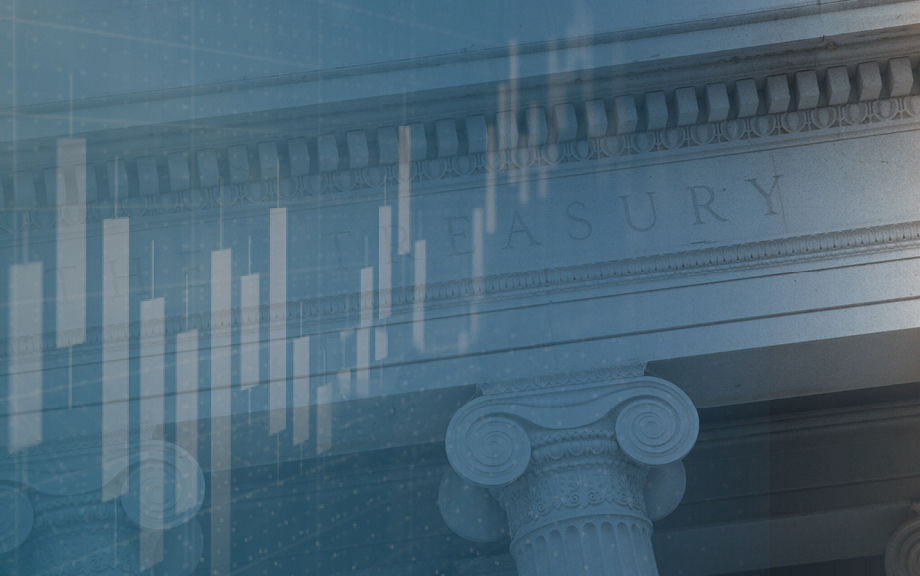Short‑Dated Term Premia and the Level of Inflation

Since the advent of derivatives trading on short-term interest rates in the 1980s, financial commentators have often interpreted market prices as directly reflecting the expected path of future interest rates. However, market prices generally embed risk premia (or “term premia” in reference to measures of risk premia over different horizons) reflecting the compensation required to bear the risk of the asset. When term premia are large in magnitude, derivatives prices may differ substantially from investor expectations of future rates. In this post, we assess whether term premia have increased with the recent rise in inflation, given the historically positive relationship between the two series, and what this means for the interpretation of derivatives prices.
Hey, Economist! Tell Us about the New Applied Macroeconomics and Econometrics Center

Marco Del Negro is the director of the Federal Reserve Bank of New York’s new research center, AMEC, which stands for the Applied Macroeconomics and Econometrics Center. Ahead of hosting its first symposium, “Heterogeneity in Macroeconomics: Implications for Policy,” Liberty Street Economics caught up with Del Negro to learn more about his vision for AMEC.
From the Vault: Factor This In
New York Fed economists Tobias Adrian, Richard Crump, and Emanuel Moench developed a new approach for calculating the Treasury term premium. Their ACM term premia estimates have since become “increasingly canonical” in economic analysis.










 RSS Feed
RSS Feed Follow Liberty Street Economics
Follow Liberty Street Economics